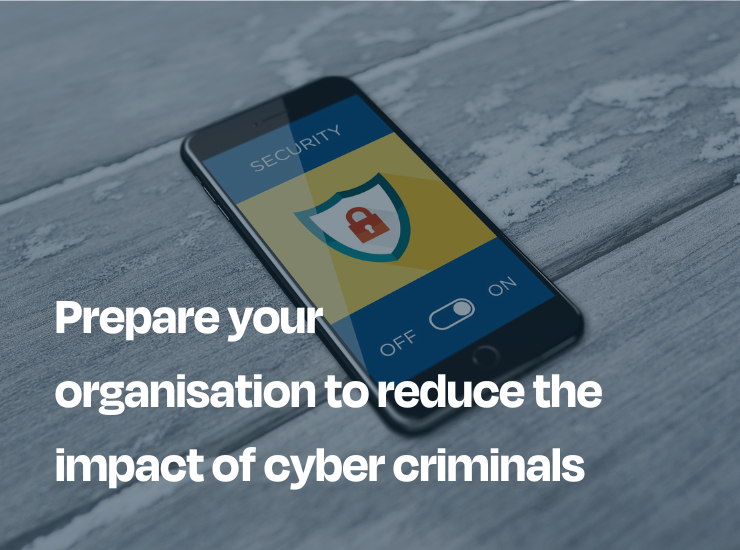In today’s digital world, it is not a question of if but when a company will become the victim of a cyber-attack. Cyber criminals are targeting businesses in every sector and of every size, including SMBs.
During an SMB dedicated track at the Cyber Security Convention, David Vanderoost, CEO of Approach, shared some advice for SMBs to prepare their organisations to face cybercrime.
What can SMBs do to reduce the impact of a cyber incident?
The first thing to remember is absolute security is impossible. All companies have weaknesses and vulnerabilities, and everyone can become a target for hackers.
Therefore, the best cyber security strategy is a layered one including solutions designed to anticipate, prevent, protect, detect, respond and recover from cyber-attacks. More importantly, you need to be prepared for any eventuality.
It is not enough to simply implement solutions ahead of time, it is also key to have a plan in place so that in the case of an attack, you and your teams are ready to act immediately. The quicker you can react, the more chances there are of limiting the damage.
How to prepare your company?
The first step is to establish an incident response plan. This means identifying your Cyber Security Incident Response Team (CSIRT) and defining their roles and responsibilities.
You also need to have an actual plan in place detailing what to do, by who and when. As well as a crisis management room where your team can physically get together to coordinate the response.
Other elements to consider as part of your plan, are contacts or contracts with cyber security experts who are ready to step in when needed, a logging system to keep track of all actions taken, a security toolkit and lastly a communication plan.
With all of these elements in place, it is crucial to test them before hand to ensure an efficient response in the case of a confirmed threat.
Secondly, you need to reduce your exposure and limit the impact. This means having secure back-ups in place, ensuring your systems and software are regularly updated and security patches are implemented as soon as possible.
Other security measures such as firewalls and antivirus software can provide an added layer of security. You should also consider your administrator rights, access controls and multi-factor authentication.
Raising awareness, trainings and phishing campaigns can further reduce your risks.
Finally, investing in cyber insurance gives you extra support to recover from an attack. With the right coverage, you gain both technical and financial support.
“By following these steps, you will already greatly improve your security posture. And our experts are always on hand to support you in implementing any and all of these measures.” concludes David Vanderoost, CEO of Approach.

